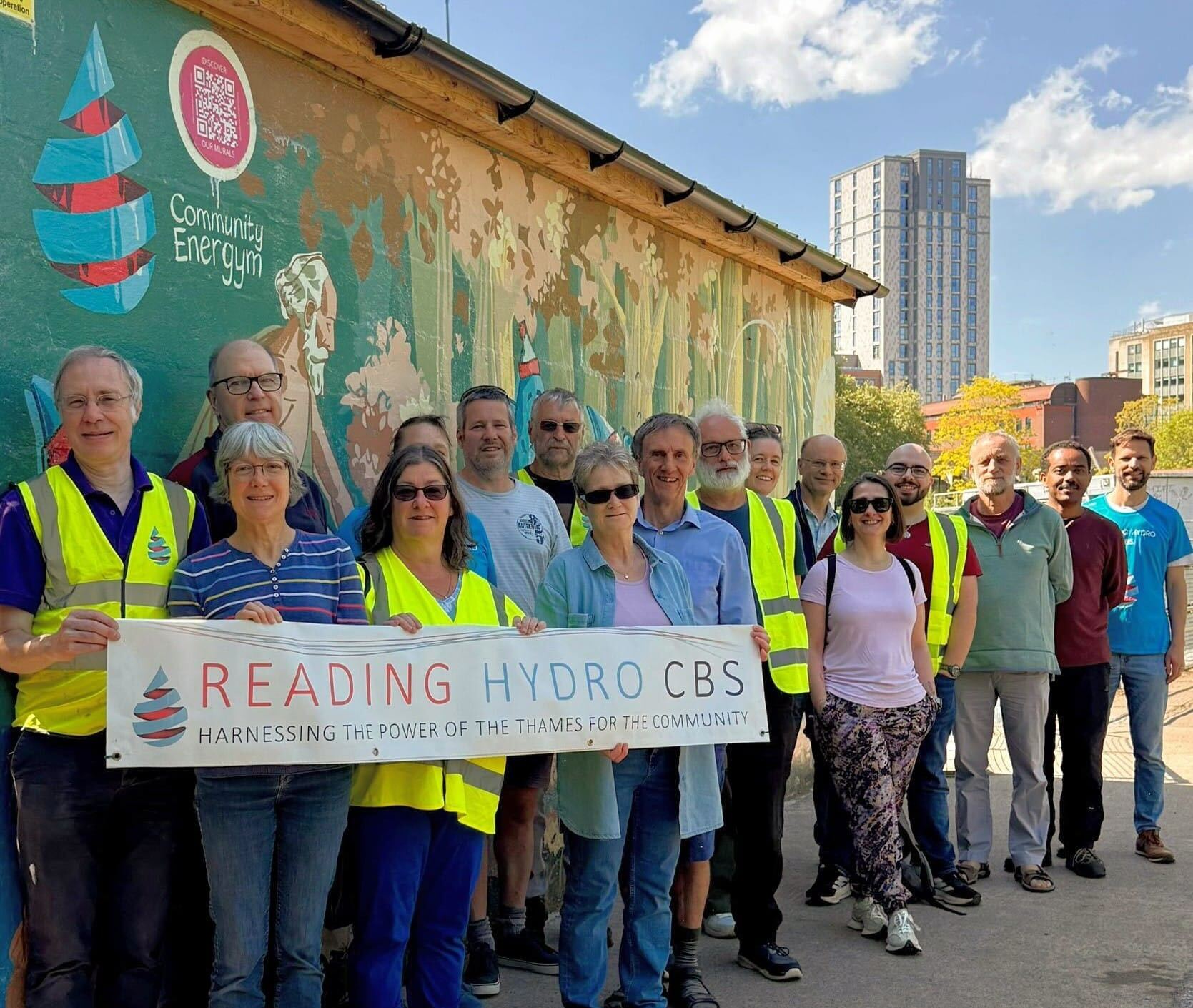Not Operating today 2025-06-02
SSE have a fault in the local area, so we cant properly turn on the system. But the flow in the Thames is so low at the moment that we could only generate marginal power anyway. SSE say they will have the fault rectified by 17:00 today (2025-06-02). Then we will be able to reassess […]
Not Operating today 2025-06-02 Read More »

